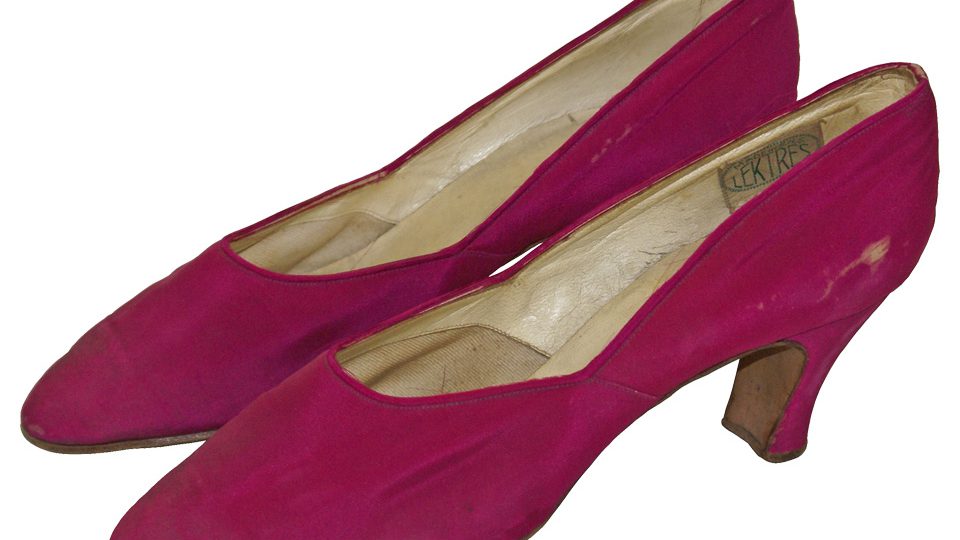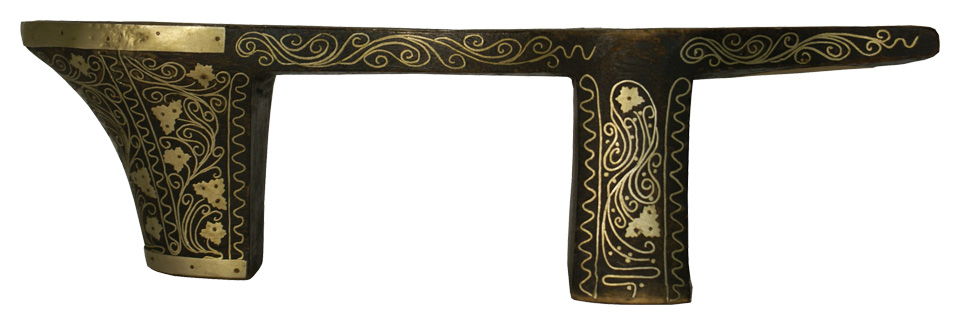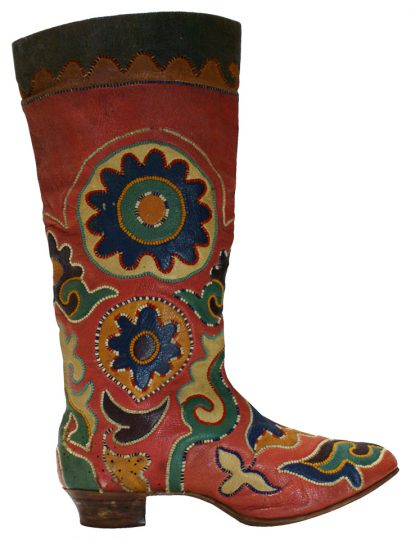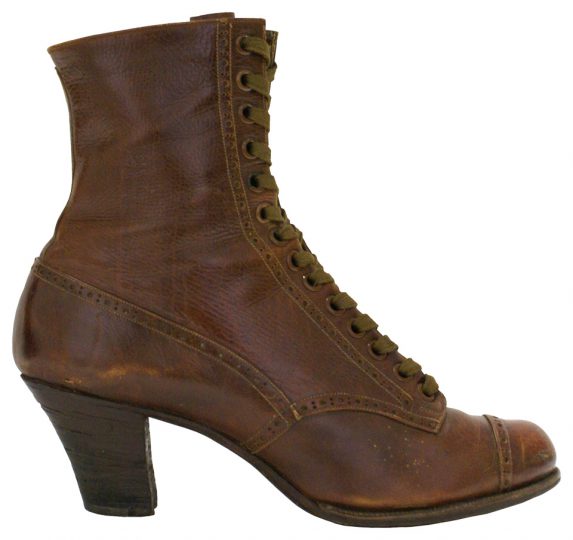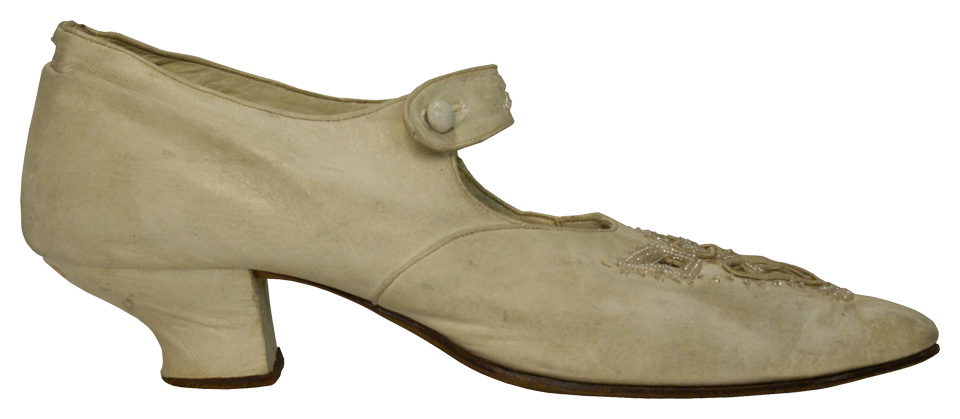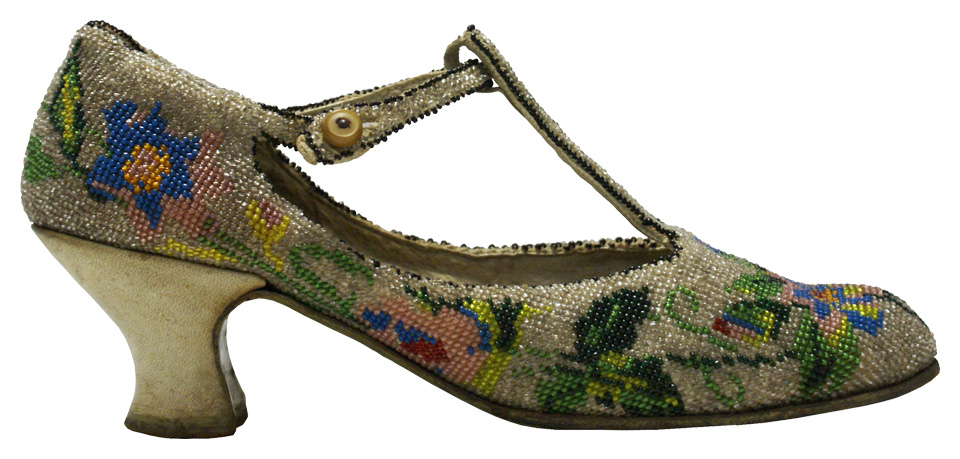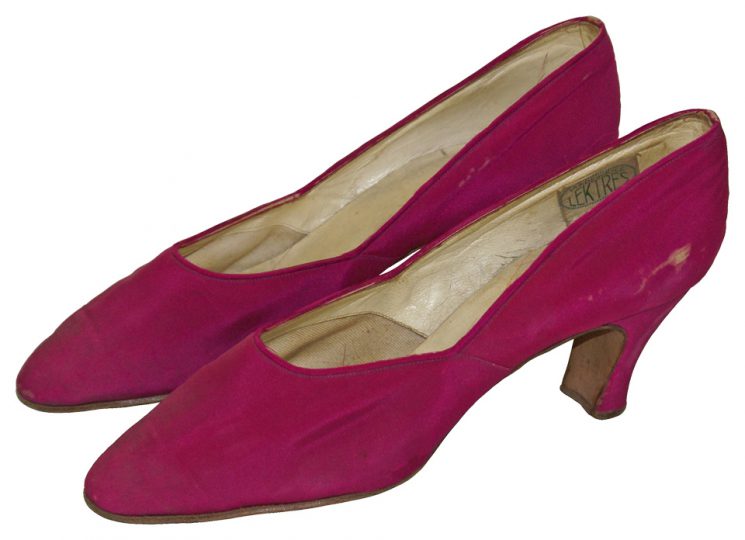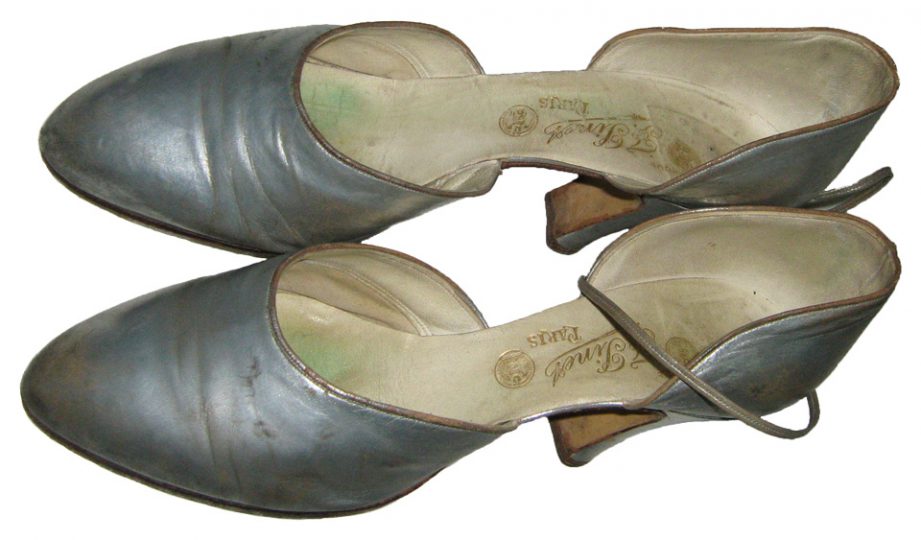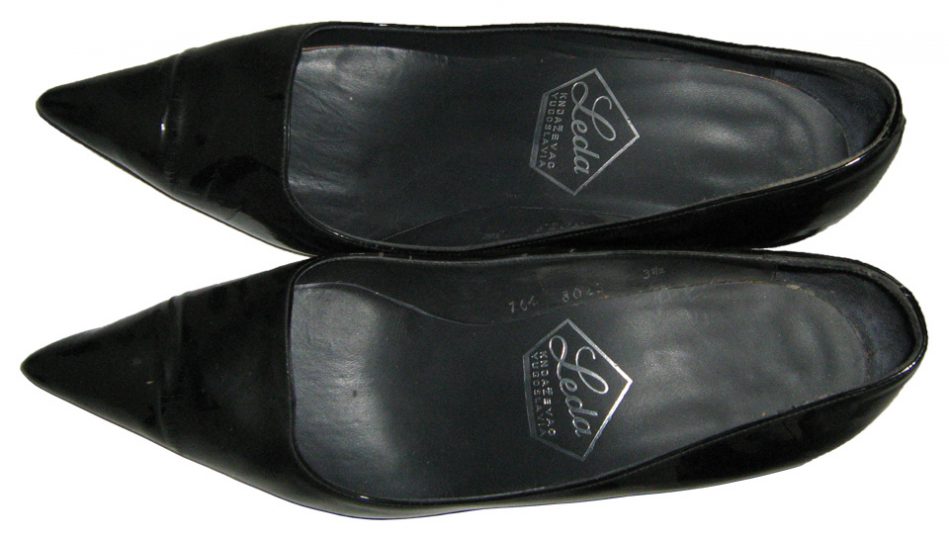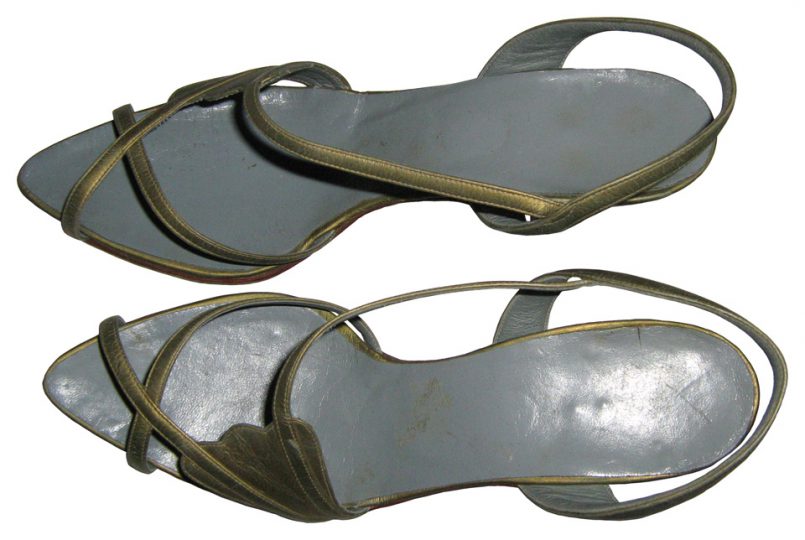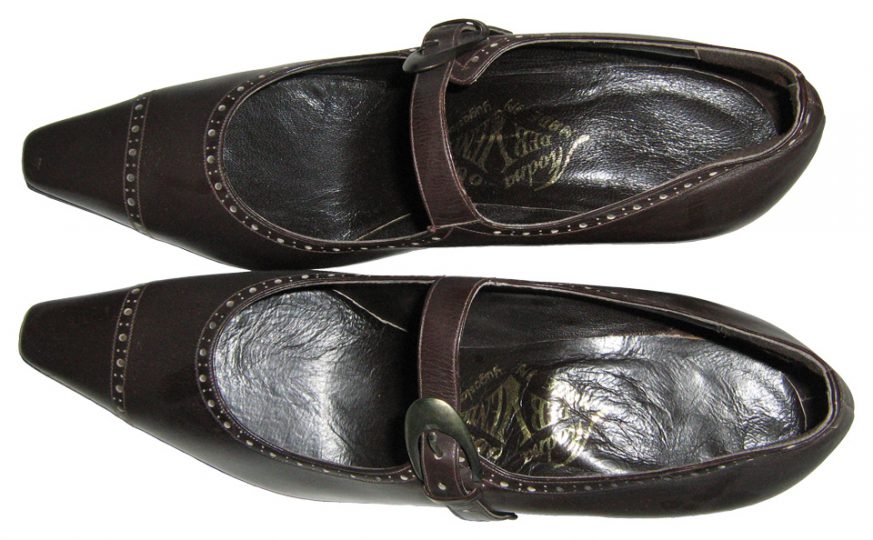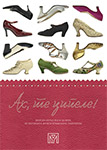Curators of the exhibition: Bojana Popović and Draginja Maskareli, curators of the MAA
Organized by the Museum of Applied Art, Belgrade
Аt the exhibition Oh, Those Shoes! the audience can see for the first time a part of Museum of Applied Art’s collection: about one hundred pairs of women’s footwear from the 19th and 20th centuries held in the collections of the Department of Textiles and Costume and the Department of Contemporary Applied Art. This is already the third generation of female curators at the Museum of Applied Art that has been passionately collecting footwear worn in Serbia, which is now presented by the exhibition curators Bojana Popović i Draginja Maskareli.
The footwear items from the collection of the Department of Textiles and Costume date from the period between 1830 and 1918 and they trace the process of transformation undergone by the dress of the Serbian bourgeois class during the 19th century on its way from traditional Oriental dress towards European fashions. The first footwear items were included in the Museum’s holdings immediately after its founding, in 1951, as part of the collection of the Serbian painter and graphic artists Ljuba Ivanović. These were traditional types of footwear which were part of urban dress in the 19th century: slippers, mestve and bath clogs. In 1957, they were joined by the first pieces of European fashion footwear: walking boots from 1914 and satin evening shoes made about 1927.
The first exhibition of contemporary Yugoslav industrial design, held at the Museum of Applied Art in 1961, also featured products of footwear factories: “Koštana”, Vranje; “Oro”, Cetinje, and the “Derventa Footwear Factory”. Women’s shoes, Article No. 4073, manufactured in Derventa that same year, 1961, are at the same time the first pair of contemporary footwear included in a museum collection. Five years later, when the Department of Contemporary Applied Art was established, a collection of clothing items from between 1918 and the present day was also formed. This collection is being actively extended mainly owing to presents.
Just like objects necessary in everyday life, footwear reflects a plethora of phenomena that shape each epoch. The exhibition Oh, Those Shoes! is like a retrospective mirror which enables us to take a look at the past two centuries in Serbia’s history: from the end of Ottoman times until it ceased to be a part of the Yugoslav community of nations. Footwear also reflects the huge technological progress achieved in the 19th and 20th centuries which made possible mass fashion production and consumption. Furthermore, the exhibited pieces of women’s footwear offer aesthetic pleasure and bear witness to the constant change in fashion and the concepts of elegance, luxury, comfort, femininity and sex appeal.
Women’s Footwear of the 19th and 20th Centuries from the Collections of the Museum of Applied Art
PDF ( 1.07 MB )
The realization of the exhibition was supported by the Ministry of Culture and Media of the Republic of Serbia.
Friend of the Exhibition:

